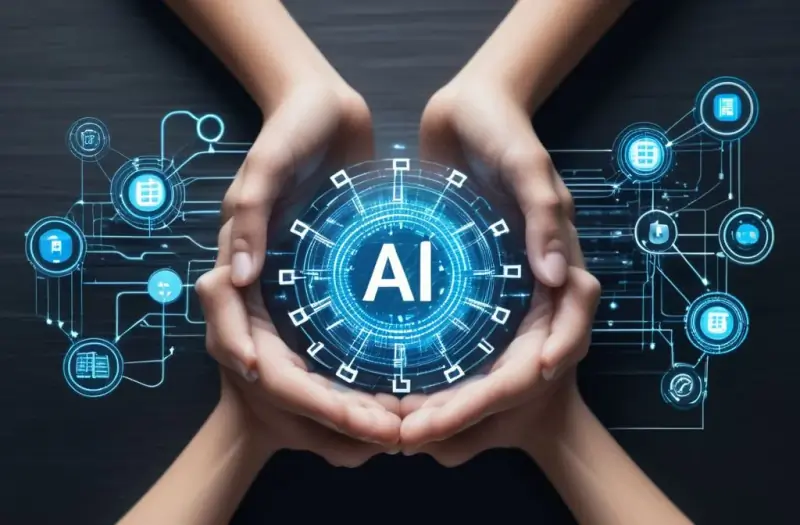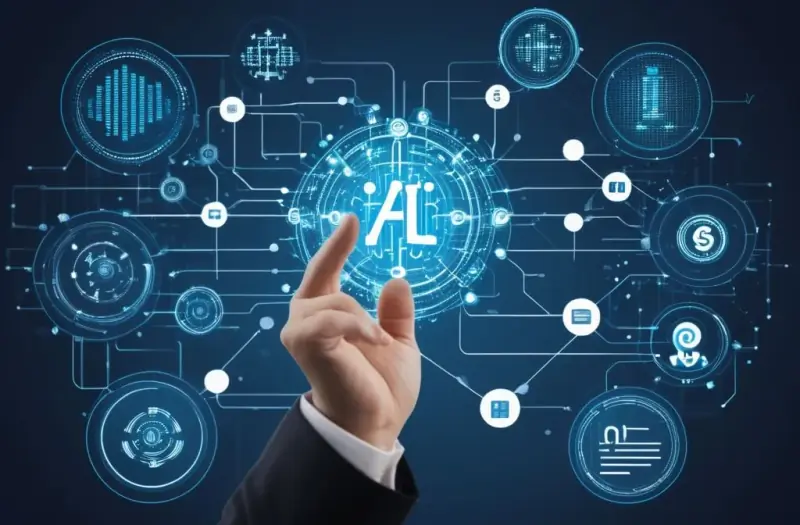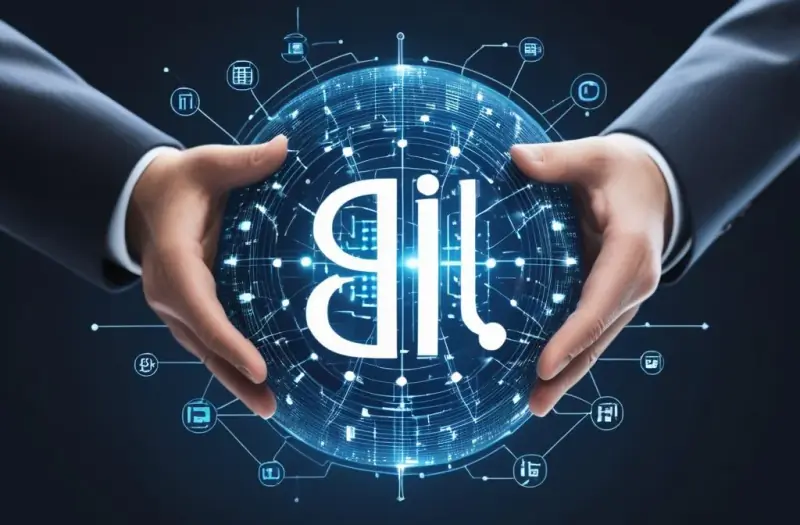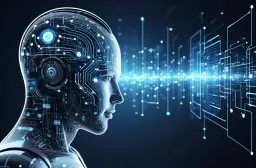AI in Non-Profits: Revolutionizing Impact & Efficiency

Table of Contents
Artificial intelligence (AI) is revolutionizing industries around the world, and non-profit organizations are no exception. As technology continues to advance, AI is playing an increasingly significant role in helping non-profits enhance their operational efficiency while also amplifying their social impact. In this article, we will explore how AI in non-profits is transforming the way we approach social good, improving both mission outcomes and operational strategies.
The Role of AI in Non-profits
As non-profit organizations strive to solve some of the world’s most pressing issues, incorporating AI-driven solutions has become essential for enhancing both their mission and operations. AI in non-profit management can streamline administrative tasks, optimize resource allocation, and provide deeper insights into community needs. With these technological advancements, we are able to serve more people with greater efficiency.
One major way AI benefits non-profits is through AI-powered philanthropy. AI tools help organizations track donor behavior, predict giving patterns, and automate fundraising processes. This has led to more successful fundraising campaigns and deeper engagement with supporters.
Additionally, machine learning in non-profits helps analyze large datasets to inform decision-making, from community needs assessments to project impact evaluations. This enables charitable organizations to make data-driven decisions, improving the effectiveness of their social initiatives.
Enhancing Operational Efficiency with AI

Non-profit organizations often operate with limited resources, and AI in nonprofit operations can help make those resources go further. By automating routine tasks such as volunteer coordination, data entry, and reporting, AI frees up human resources to focus on strategic planning and direct service.
Some of the ways AI enhances operational efficiency include:
- Automating administrative tasks: AI can take over repetitive tasks such as scheduling meetings, managing emails, or processing forms, allowing staff to focus on mission-critical activities.
- Improving volunteer management: AI-driven tools can help non-profits recruit, train, and coordinate volunteers more effectively.
- Enhancing financial management: AI-powered tools can monitor budgets, track expenses, and forecast financial trends to ensure non-profits remain sustainable.
By improving efficiency, non-profits can reduce operational costs and dedicate more resources to their mission-driven programs.
AI for Social Impact: Driving Change
Beyond operational improvements, AI for social good is creating transformative changes in how non-profits achieve their missions. AI-driven social initiatives, for example, allow organizations to reach broader audiences and provide more personalized services to the communities they serve.
For instance, AI can be used to analyze social media trends, identifying where and when humanitarian efforts are most needed. This allows non-profits to respond to crises in real-time, providing critical assistance where it will have the greatest impact.
AI for humanitarian efforts is especially impactful in areas like disaster response, where machine learning algorithms can analyze satellite images to assess damage or predict the spread of diseases. This not only saves time but can also save lives by allowing organizations to prioritize their response efforts effectively.
AI in Fundraising and Donor Engagement
Fundraising is essential for non-profits, and AI has opened new doors in this area by helping organizations better understand their donors and optimize their fundraising strategies. AI in nonprofit fundraising enables organizations to analyze donor behavior and preferences, allowing for more targeted and effective outreach.
Using AI-enhanced social programs, non-profits can tailor their messaging to specific donor segments, increasing the likelihood of donations. AI tools can also predict which donors are most likely to contribute to a particular campaign, ensuring resources are used wisely.
Moreover, AI-driven platforms can automate communications such as thank-you emails, donation receipts, and event invitations, ensuring timely and personalized interactions with supporters.
AI and Social Justice: A Path Forward

AI in social justice initiatives is emerging as a powerful tool for advancing equality and fairness. By using AI to analyze data on social inequalities, non-profits can develop programs that target the root causes of systemic injustice. AI helps identify patterns in areas such as employment, education, and healthcare, allowing organizations to design interventions that address these disparities.
Additionally, AI can be used to track the success of social justice initiatives, providing valuable feedback on what works and what doesn’t. This ensures that resources are being used effectively and that programs are making a tangible difference in the communities they serve.
AI Solutions for Long-term Sustainability
Sustainability is a key concern for non-profits, and AI for NGO sustainability is proving to be a game-changer. By optimizing resource allocation and improving financial planning, AI helps ensure that non-profits can continue their work long into the future.
AI tools can predict future trends and challenges, allowing organizations to plan for the long term. For example, AI-powered financial models can forecast donation patterns and economic conditions, helping non-profits make more informed decisions about how to allocate their resources.
Furthermore, AI enables nonprofit innovation by identifying new opportunities for growth and partnership. By leveraging AI-driven insights, non-profits can develop new strategies for scaling their impact and reaching more people in need.
FAQs
How can AI help non-profits increase donations?
AI tools analyze donor behavior, preferences, and patterns to help non-profits create more targeted and effective fundraising campaigns, which leads to increased donations.
Can small non-profits afford to implement AI solutions?
Yes, many affordable AI tools are available that cater to the specific needs of small non-profits. Cloud-based AI platforms, for example, can be scaled according to the organization’s budget and needs.
How does AI ensure that non-profits stay mission-focused?
By automating routine tasks, AI allows staff and volunteers to focus more on strategic planning and mission-critical activities, ensuring the organization remains mission-focused.
What are the ethical considerations of using AI in non-profits?
Ethical considerations include ensuring data privacy, avoiding bias in AI algorithms, and maintaining transparency with donors and beneficiaries about how AI is being used.
How is AI used in disaster response by non-profits?
AI is used to analyze satellite imagery, assess damage, and predict the spread of diseases in disaster areas, allowing non-profits to prioritize their response efforts more effectively.
Conclusion
As we continue to explore the potential of AI in non-profits, it’s clear that the technology is transforming both social impact and operational efficiency. By leveraging AI-powered tools, non-profits can make smarter decisions, engage more effectively with donors, and enhance the services they provide to their communities. The integration of AI is not just a trend; it’s an essential component of how we can better serve society and drive meaningful change.
Key Takeaways
- AI-driven tools help non-profits streamline operations and make data-driven decisions.
- AI in non-profit fundraising enhances donor engagement and optimizes fundraising strategies.
- AI for social justice initiatives enables non-profits to design more effective interventions for systemic inequalities.
- By improving operational efficiency, AI allows non-profits to maximize their resources and increase their impact.
Through these advancements, AI is helping non-profits revolutionize their missions, making a more significant difference in the world and shaping a brighter future for all.
Popular Tags
ADS SPACE HERE


